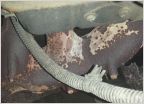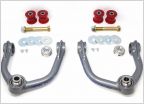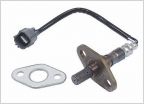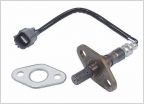-
Welcome to Tacoma World!
You are currently viewing as a guest! To get full-access, you need to register for a FREE account.
As a registered member, you’ll be able to:- Participate in all Tacoma discussion topics
- Communicate privately with other Tacoma owners from around the world
- Post your own photos in our Members Gallery
- Access all special features of the site
The anonymous and most annoying P0172 Code
Discussion in '1st Gen. Tacomas (1995-2004)' started by middlej13, Mar 9, 2024.
Page 2 of 2
Page 2 of 2


 Mods for beginners?
Mods for beginners? Manifold Cracked!
Manifold Cracked! UPPER BALL JOINT - Part Numbers?
UPPER BALL JOINT - Part Numbers? Dorman carrier bearing
Dorman carrier bearing O2 sensors - California
O2 sensors - California 01 3.4 front o2 part number?
01 3.4 front o2 part number?











































































